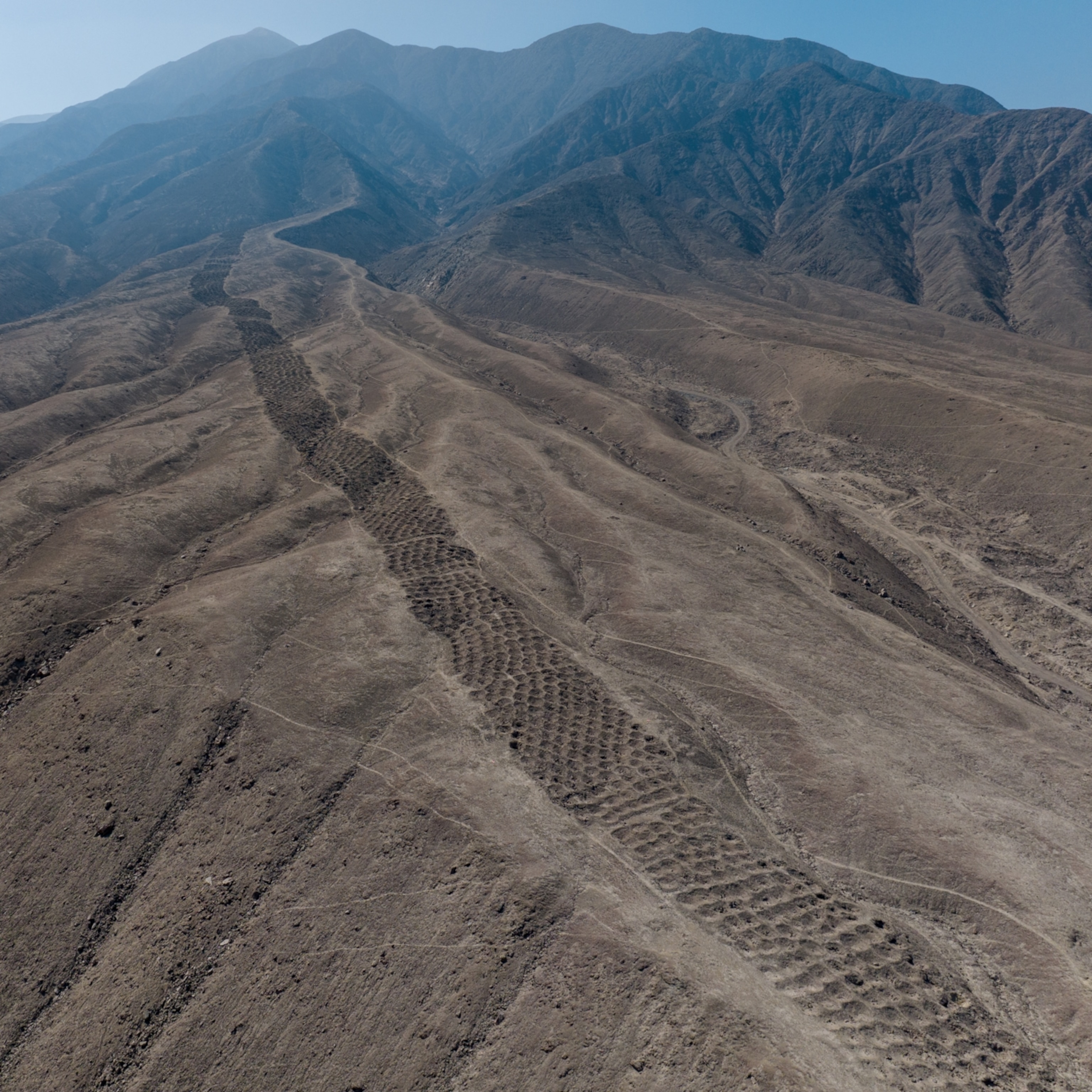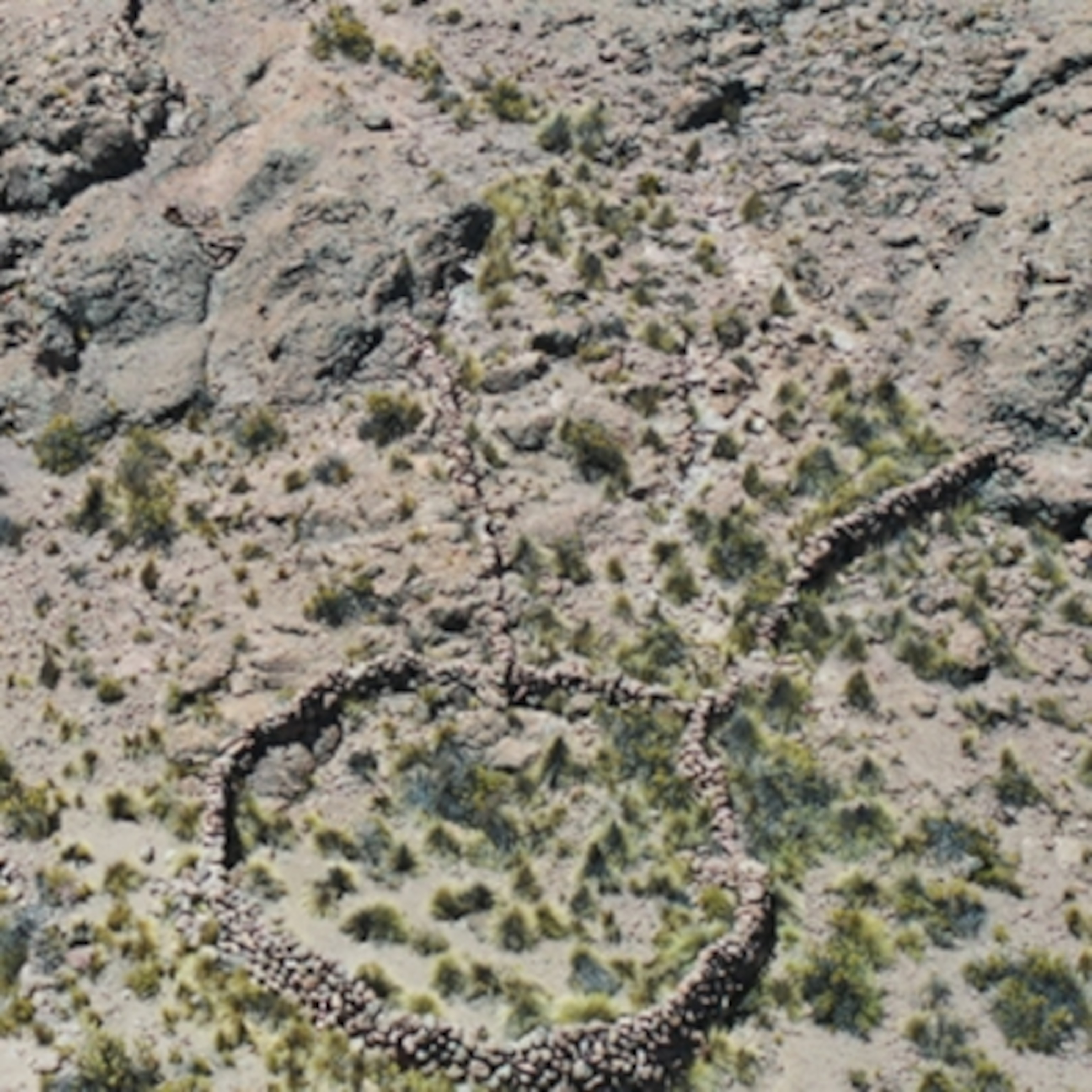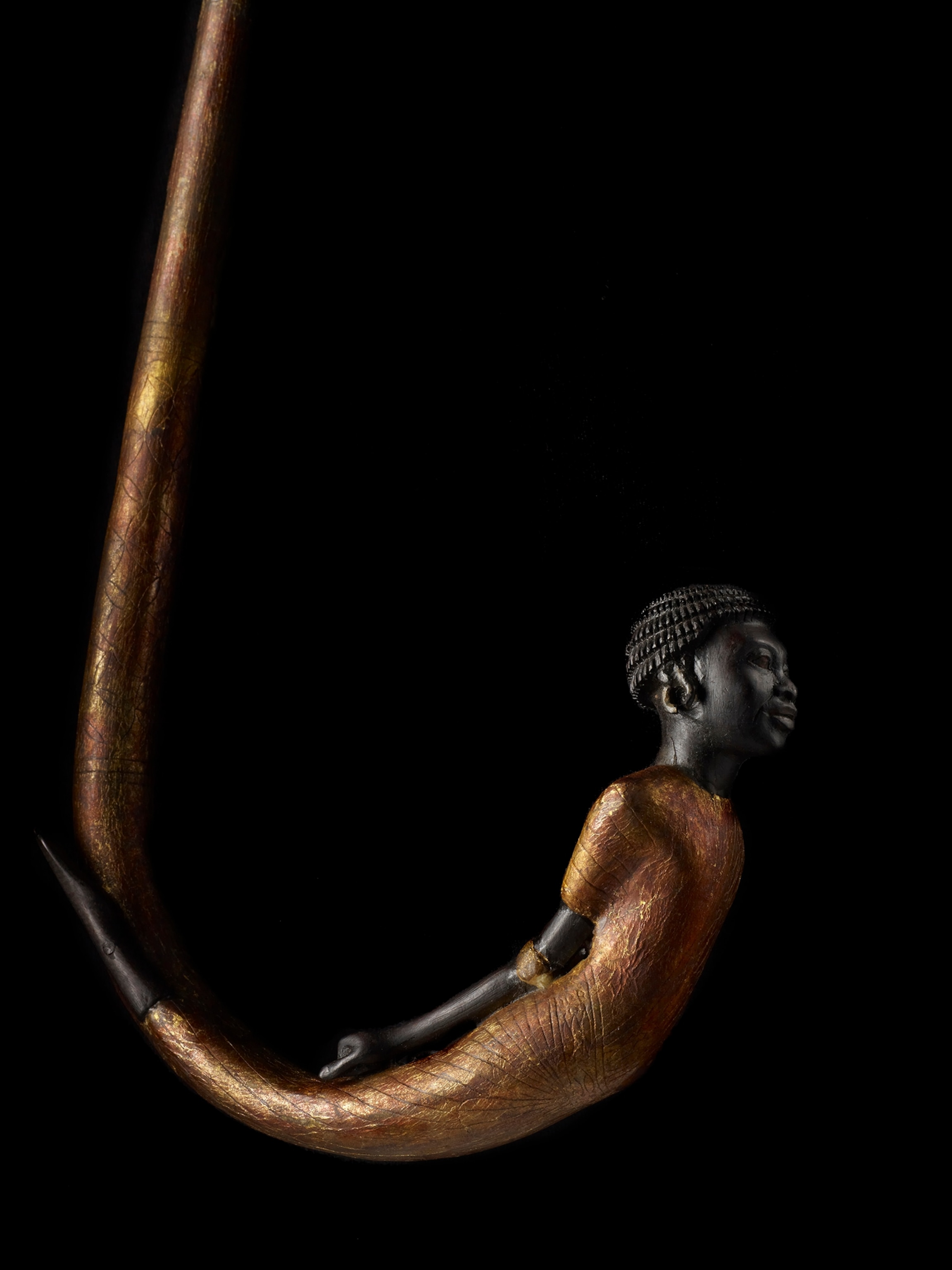On the morning of July 24, 1911, an enterprising lecturer-explorer from Yale University set off in a cold drizzle to investigate rumors of ancient Inca ruins in Peru. The explorer chopped his way through thick jungle, crawled across a "bridge" of slender logs bound together with vines, and crept through underbrush hiding venomous fer-de-lance pit vipers.
Two hours into the hike, the explorer and his two escorts came across a grass-covered hut. A pair of local farmers walked them a short way before handing them over to a small boy. With the boy leading the way, Hiram Bingham stumbled upon one of the greatest archaeological finds of the 20th century—and what was named in 2007 as one of the new seven wonders of the world: Machu Picchu.
What Bingham saw was a dramatic and towering citadel of stone cut from escarpments. Fashioned by men without mortar, the stones fit so tightly together that not even a knife's blade could fit between them. He wondered: Why? By whom? For what?
Certainly, what he saw was awe-invoking. Contemporary Peruvian expert Luis Lumbreras, the former director of Peru's National Institute of Culture, describes "a citadel made up of palaces and temples, dwellings and storehouses," a site fulfilling ceremonial religious functions.
Machu Picchu is formed of buildings, plazas, and platforms connected by narrow lanes or paths. One sector is cordoned off to itself by walls, ditches, and, perhaps, a moat—built, writes Lumbreras, "not as part of a military fortification [but] rather as a form of restricted ceremonial isolation."
The Wrong "Lost City"
Bingham's discovery was published in the April 1913 issue of National Geographic magazine, bringing the mountaintop citadel to the world's attention. (The National Geographic Society helped fund Bingham on excursions to Machu Picchu in 1912 and 1915.)
Bingham believed he had found Vilcabamba, the so-called Lost City of the Inca where the last of the independent Inca rulers waged a years-long battle against Spanish conquistadors. Bingham argued for and justified his conclusions for almost 50 years after his discovery, and his explanations were widely accepted.
What Bingham had found, however, was not the lost city, but a different lost city.
In 1964, adventurer Gene Savoy identified ruins and proved that Espiritu Pampa (in the Vilcabamba region of Peru, west of Machu Picchu) was the lost city that Bingham had originally sought. Ironically, Bingham had actually discovered these ruins at Espiritu Pampa during his 1911 trek. He uncovered a few Inca-carved stone walls and bridges but dismissed the ruins and ultimately focused on Machu Picchu. Savoy uncovered much of the rest.
So what then was this city that Bingham had revealed? There were no accounts of Machu Picchu in any of the much-studied chronicles of the Spanish invasion and occupation, so it was clear European invaders had never discovered it. There was nothing to document that it even existed at all, let alone its purpose.
Bingham theorized that Machu Picchu had served as a convent of sorts where chosen women from the Inca realm were trained to serve the Inca leader and his coterie. He found more than a hundred skeletons at the site and believed that roughly 75 percent of the skeletons were female, but modern studies have shown a more reasonable fifty-fifty split between male and female bones.
Bingham also believed that Machu Picchu was the mythical Tampu-tocco, the birthplace of the Inca forefathers.
Modern Theories
Modern research has continued to modify, correct, and mold the legend of Machu Picchu. Research conducted by John Rowe, Richard Burger, and Lucy Salazar-Burger indicates that rather than being a defensive stronghold, Machu Picchu was a retreat built by and for the Inca ruler Pachacuti. Burger has suggested it was built for elites wanting to escape the noise and congestion of the city.
Brian Bauer, an expert in Andean civilization at the University of Illinois at Chicago and a National Geographic grantee, says Machu Picchu—which was built around A.D. 1450—was, in fact, relatively small by Inca standards and maintained only about 500 to 750 people.
One thing is certain, says Bauer, archaeological evidence makes it clear that the Inca weren't the only people to live at Machu Picchu. The evidence shows, for instance, varying kinds of head modeling, a practice associated with peoples from coastal regions as well as in some areas of the highlands. Additionally, ceramics crafted by a variety of peoples, even some from as far as Lake Titicaca, have been found at the site.
"All this suggests that many of the people who lived and died at Machu Picchu may have been from different areas of the empire," Bauer says.
As for farming, Machu Picchu's residents likely made use of the grand terraces surrounding it. But experts say these terraces alone couldn't have sustained the estimated population of the day and that farming most likely also took place in the surrounding hills.
Dr. Johan Reinhard, a National Geographic explorer-in-residence, has spent years studying ceremonial Inca sites at extreme altitudes. He's gathered information from historical, archaeological, and ethnographical sources to demonstrate that Machu Picchu was built in the center of a sacred landscape.
Machu Picchu is nearly surrounded by the Urubamba River, which is revered by people in the region still today. The mountains that cradle the site also are important sacred landforms. "Taken together, these features have meant that Machu Picchu formed a cosmological, hydrological, and sacred geographical center for a vast region," Reinhard says.
Machu Picchu Today
In September 2007, Yale University agreed to return to Peru some of the thousands of artifacts that Bingham removed to Yale to study during his years of exploration and research. These items were placed in the UNSAAC-Yale International Museum for the Study of Machu Picchu and Inca Culture, which opened in Cusco in 2011.
Being named a modern world wonder as part of a worldwide poll in 2007 was a mixed blessing for the people of Cusco, the former center of the Inca world and the closest city to Machu Picchu. The site is a source of national pride for Peru, as well as a valuable tourist attraction. However, with an increase in international interest comes an increase in pollution, a need for hotels and other facilities, and the need to protect the lost city that, before the past century, the world didn't know existed.
It's highly unlikely that researchers will find an archaeological smoking gun that will definitively identify the purpose and uses of Machu Picchu. Scientists, however, continue to excavate and rebuild the site. Modern scientific advances, such as those that re-identified the gender of the skeletons that Bingham found, could help uncover clues to reveal the reasons for its construction, the activities that took place there, and its subsequent abandonment.





















